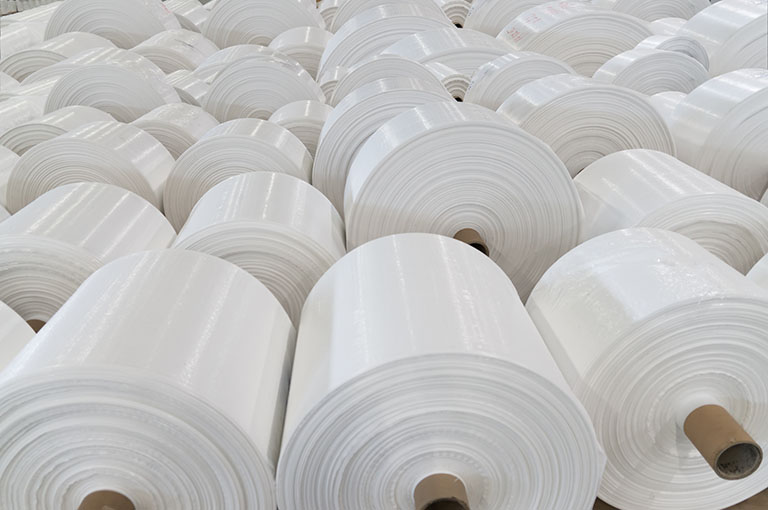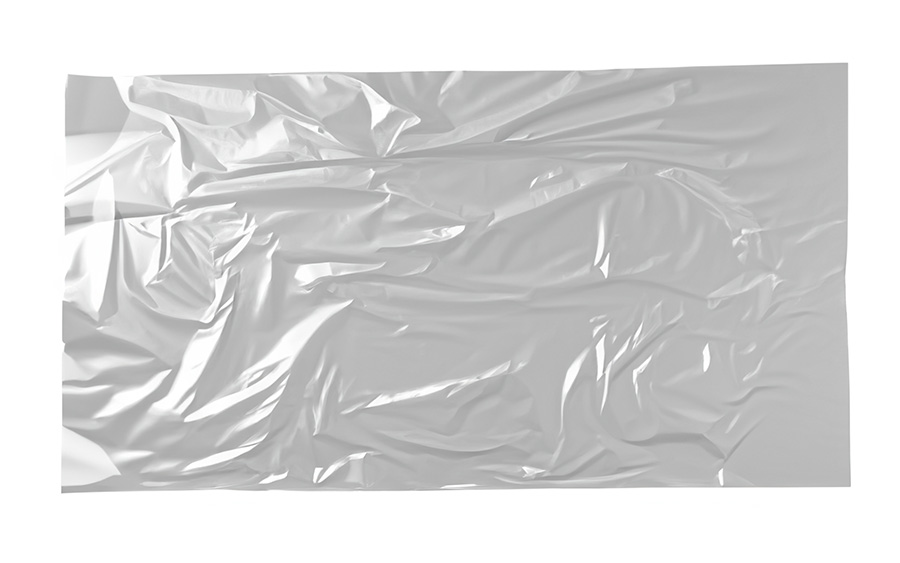This website uses cookies so that we can provide you with the best user experience possible. Cookie information is stored in your browser and performs functions such as recognising you when you return to our website and helping our team to understand which sections of the website you find most interesting and useful.
News
The Benefits of Vinyl Packaging: Safe, Strong, and Sustainable
The manufacturing sector is rethinking how it designs, sources, and delivers packaging as sustainability continues to impact innovation. Performance and responsibility come together in vinyl packaging. This material is long trusted for its durability and now increasingly recognized for its environmental advantages.
Vinyl packaging solutions offer a suite of benefits that make it a valuable solution for forward-thinking brands. Learn how vinyl stands out, the benefits it brings to the environment, and clear answers to common concerns about this superior product.
What Is Vinyl Packaging Made Of?
Vinyl, or polyvinyl chloride (PVC), is made from a blend of salt and ethylene. About 57% of its composition comes from salt, an abundant and renewable natural resource. The remaining 43% is derived from ethylene, a hydrocarbon found in petroleum or natural gas. Vinyl’s efficient use of resources contributes to its environmental performance, especially compared to petroleum-based plastics.
Its chemical structure gives it unique characteristics: durability, clarity, moisture resistance, and versatility. This makes vinyl well-suited for high-performance packaging across a wide range of industries, including food service, retail, healthcare, and consumer goods.
Examples of Vinyl Packaging Formats
Vinyl can be adapted into various packaging forms to meet different product and branding needs:
- Vinyl Packaging Sleeves: Flexible wraps used for labeling, branding, or tamper protection on bottles, jars, and containers.
- Vinyl Bags for Packaging: Soft, protective pouches ideal for hardware, personal care products, or promotional items. They combine durability with visual appeal.
- Clear Vinyl Packaging: Transparent formats used to showcase products while protecting them, particularly valuable for kits, tools, or gift sets.
- Vinyl Bag Packaging: A broader category that includes resealable or sealed vinyl bags designed for industrial, retail, or specialty use.
These customizable packaging products prove that this material can be tailored to protect products, enhance visibility, and reduce material waste, all while maintaining a clean, professional aesthetic.
Understanding Vinyl Packaging’s Safety and Strength Profile
 A defining characteristic of vinyl packaging is its ability to protect. Its inherent toughness ensures that products remain secure and intact from production through delivery.
A defining characteristic of vinyl packaging is its ability to protect. Its inherent toughness ensures that products remain secure and intact from production through delivery.
In addition to offering excellent functionality, it provides superior puncture resistance, seal integrity, and visual appeal.This is especially important for sensitive items.
Clear vinyl packaging enables easy product identification without opening the container. It is ideal for tamper-proof applications and minimizing contamination. In healthcare and food industries, this can be the difference between safe use and spoilage.
Vinyl’s moisture and chemical resistance further strengthen its role as a protective barrier. For example, vinyl packaging sleeves consistently perform under diverse environmental and shipping conditions, making it suitable for packaging consumer goods or for labeling and branding.
Why Vinyl Packaging is A Responsible and Environmentally Friendly Choice
Vinyl is often misunderstood in conversations about sustainability. However, when examined in context, it offers several compelling environmental benefits.
Efficient Use of Natural Resources
Vinyl uses salt as a primary ingredient, which is one of the most abundant natural resources on the planet. This reduces the material’s reliance on petroleum-based inputs and lowers its upstream environmental footprint compared to many conventional plastics.
Durability That Reduces Waste
Vinyl’s long life cycle makes it ideal for reuse and extended applications. Products packaged in vinyl bags for packaging or vinyl packaging sleeves often enjoy longer shelf lives and require fewer material changes. In turn, this results in less waste generation and more sustainable product life cycles
Lightweight, Low-Emission Transport
Vinyl has the advantage of being lightweight, which is often overlooked. Lighter packaging options contributes to reduced fuel consumption during transportation, which helps lower greenhouse gas emissions. The use of vinyl packaging is an obvious asset for companies looking to minimize logistical carbon impacts.
Reduces the Need for Over-Packaging
Vinyl’s adaptability allows it to be engineered for exact specifications. Custom-fit vinyl packaging sleeves or shaped vinyl packaging boxes reduce the need for fillers, liners, and multiple layers, cutting down on material usage and streamlining the packaging footprint.
Supports Circularity Through Recyclability
Many types of vinyl packaging are recyclable through specialized collection programs, particularly in industrial and commercial contexts. Clear vinyl packaging and vinyl bags for packaging, for example, can be reused for construction, flooring, and new packaging products.
Closed-loop recycling systems and vinyl take-back programs are growing in accessibility and adoption. These initiatives not only extend the useful life of vinyl materials but also support manufacturers in meeting zero-waste and ESG objectives.
Cleaner Manufacturing Innovations
Cleaner technologies are being incorporated into vinyl manufacturing today. Producers are adopting low-emission processes, energy-efficient equipment, and sustainable additives.This continuous improvement helps ensure that vinyl aligns with global efforts to reduce environmental impact at every stage—from production to end-of-life.
Vinyl Packaging for a Better Future
Vinyl packaging is a strategic solution that aligns safety, performance, and sustainability. It continues to prove itself as a trusted, responsible choice for modern manufacturers.
With a growing infrastructure for recycling, innovations in clean manufacturing, and unmatched material strength, vinyl packaging is well positioned to support a circular economy and a more sustainable future.
When it comes to safe, strong, and sustainable packaging, vinyl delivers. Fortunately, it’s here to stay.
For more information about vinyl uses, read more today!


